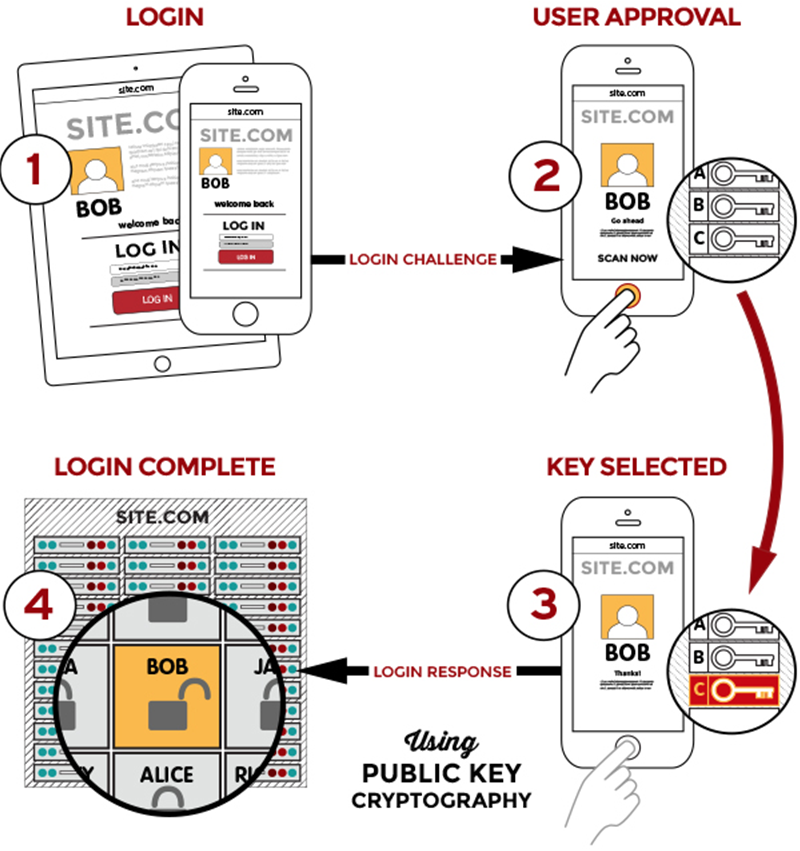The FIDO Alliance has released new user experience (UX) guidelines to help accelerate the deployment and adoption of multi-factor authentication (MFA) with FIDO security keys.
The FIDO Alliance is an open industry association focused on developing authentication standards to help reduce the over-reliance on passwords.
The FIDO Security Key UX Guidelines are available with FIDO security keys – small, portable high-security devices that connect to a phone or computer via USB, Bluetooth or NFC for multi-factor authentication.
Online websites such as Twitter and Facebook now offer the option to enable FIDO security keys for mobile and desktop access.
According to the FIDO Alliance, the aim of the FIDO security key UX guidelines was to help online service providers design a better, more consistent user experience for the consumer security key audience and ultimately maximize adoption.
The document provides UX guidelines for all major steps of a consumer’s journey with FIDO security keys: awareness, consideration, enrolment, management, and authentication.
The guidelines were created by the FIDO Alliance UX Task Force in partnership with usability research firm Blink UX.
A spokesperson said the task force conducted formal research of FIDO user journeys and actively engaged with FIDO Alliance stakeholders to establish the FIDO security key UX best practices.
The guidelines were developed following multiple sessions of moderated and unmoderated consumer research conducted by Blink UX, in collaboration with FIDO UX Task Force members.
The guidelines follow the FIDO Alliance’s earlier UX guidelines focused on desktop authenticator user experience.
FIDO Alliance’s executive director and CMO, Andrew Shikiar, said the alliance is “increasingly focused on ways to grow and ultimately reach mass adoption… One of our primary areas of focus towards this objective is making FIDO more usable and accessible”.









